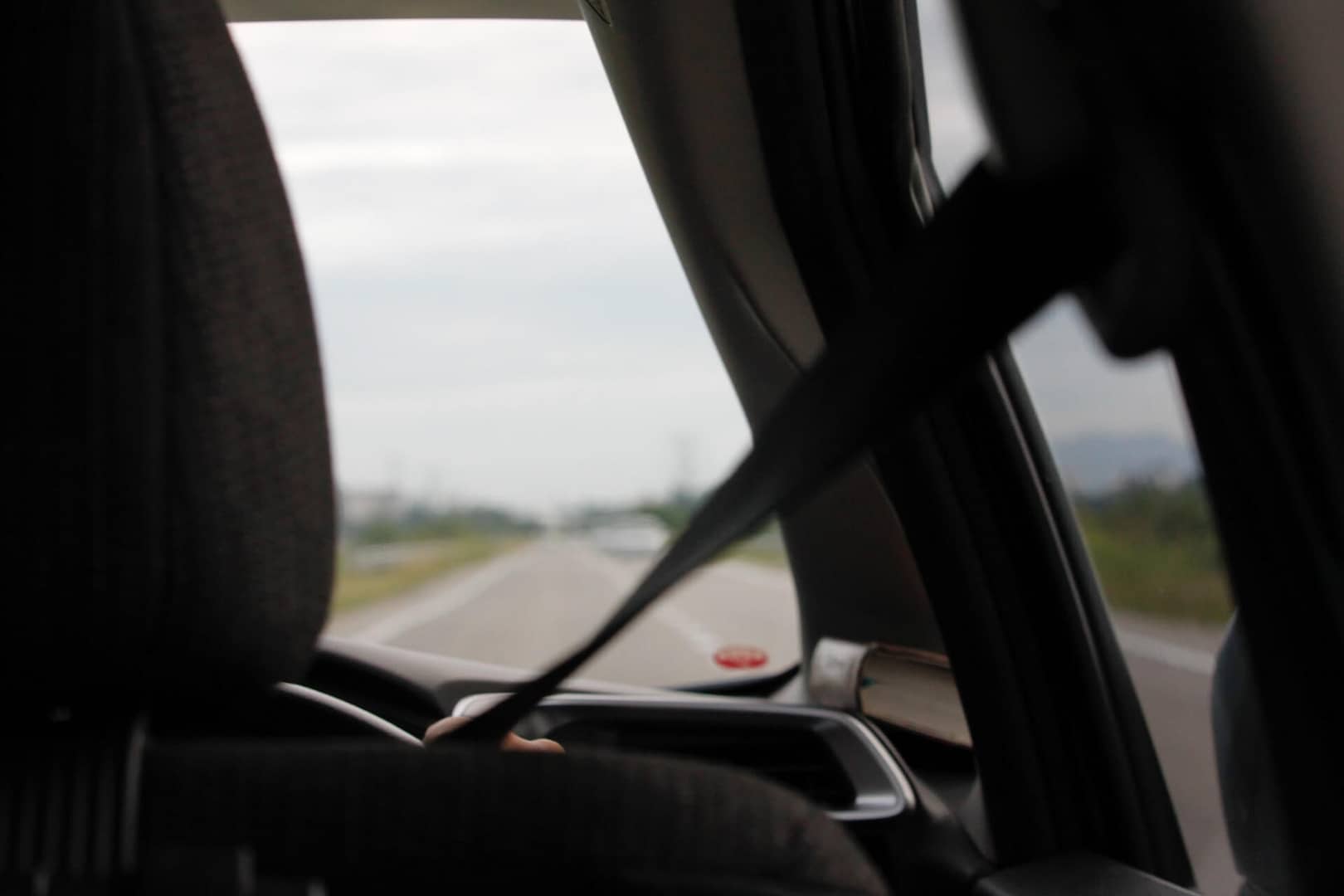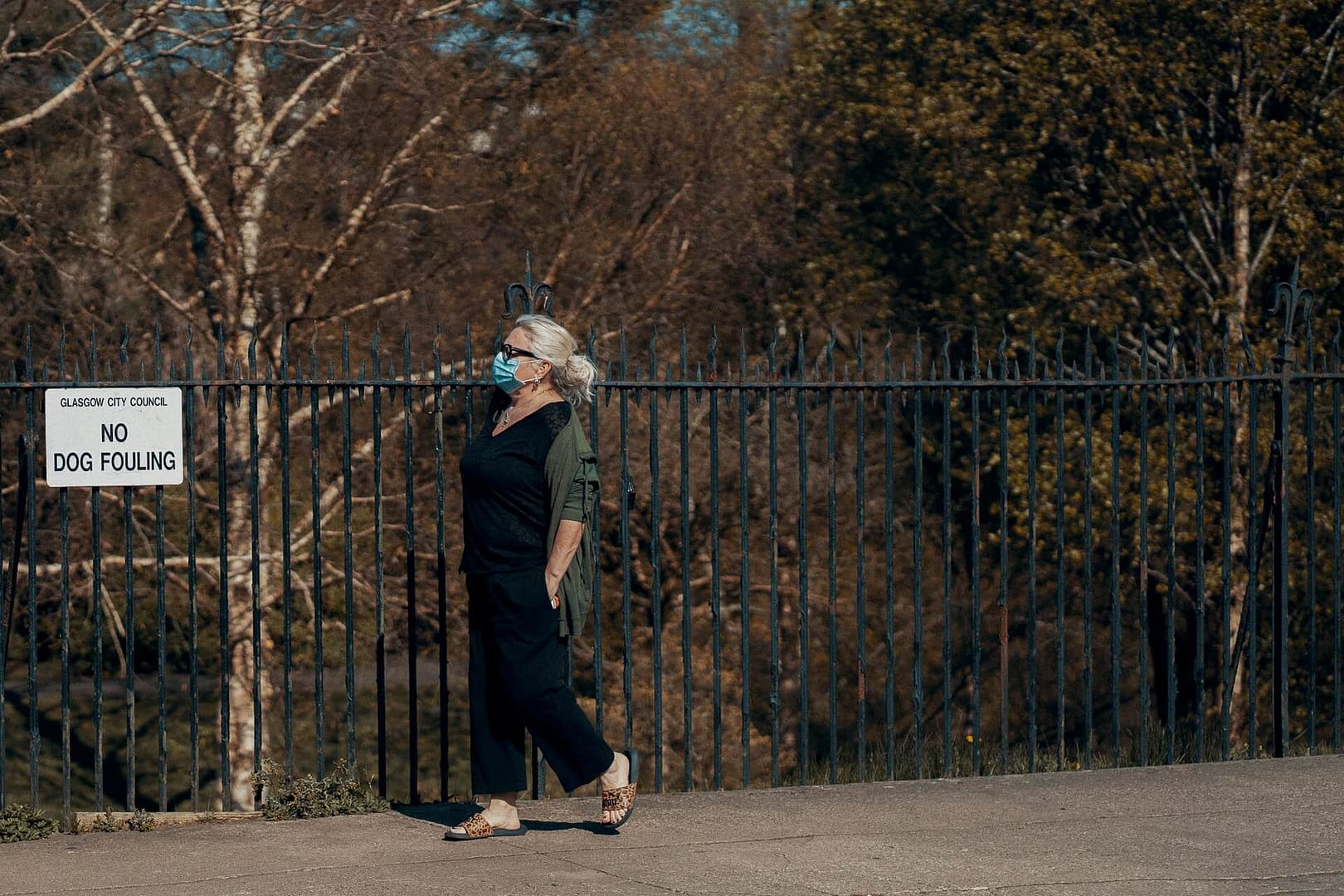If you’ve ever been in a car, you’ve likely heard the familiar click as the seatbelt snaps into place. But have you ever stopped to think about the critical role that simple click plays in keeping you safe? In this article, we’ll delve into the intricacies of seatbelt functionality and explore how they serve as a vital safeguard, minimising injuries for passengers involved in car accidents.
The Unseen Guardian: How Does a Seatbelt Help Protect a Passenger?
Seatbelts are the unsung heroes of car safety, silently standing guard until the moment they’re needed most. Their primary function is to restrain passengers during a collision, preventing them from being thrown forward or ejected from the vehicle. This seemingly straightforward task, however, involves a complex interplay of physics and engineering.
The moment a collision occurs, the car rapidly decelerates, but the passengers inside continue moving at their original speed until acted upon by an external force. This force is where the seatbelt steps in, applying an opposing force to keep the passengers securely in their seats. Imagine a protective cocoon that wraps around you, ensuring you stay within the safety confines of your vehicle.
The Anatomy of a Seatbelt: Straps, Buckles, and Tensioners
To truly understand the role of seatbelts, let’s dissect their anatomy. A typical seatbelt comprises a webbed strap, a buckle, and a retractor mechanism. The strap is designed to distribute the force of impact across the stronger parts of the body – the hips and shoulders. The buckle, a seemingly simple clasp, transforms into a robust defender, holding the strap securely in place.
Modern seatbelts often come equipped with tensioners, a sophisticated feature that takes safety to the next level. In the milliseconds following a collision, tensioners automatically tighten the seatbelt, reducing any slack and ensuring an even more effective restraint. It’s a dynamic response to a sudden and unexpected event, illustrating the intricate engineering behind these life-saving devices.
Minimising the Force of Impact: How Do Seatbelts Work Their Magic?
Now that we understand the basics of how seatbelts protect passengers, let’s explore the fascinating physics that underpin their ability to minimise the force of impact during a collision.
Slow and Steady Wins the Safety Race
During a collision, the force exerted on an unrestrained passenger is immense, often resulting in severe injuries. Seatbelts, however, introduce an element of controlled deceleration. By spreading the force over a larger area and slowing down the body’s forward motion gradually, seatbelts mitigate the risk of trauma.
Imagine a roller coaster ride, where the sudden twists and turns are replaced by a smooth, controlled descent. Seatbelts transform the chaotic and potentially harmful energy of a collision into a more manageable force, allowing the body to adapt without succumbing to the full impact.
The Three-Point Dance: Shoulders, Hips, and Chest
The three-point seatbelt, a common feature in modern cars, plays a crucial role in distributing force evenly across the body. Securing the hips and shoulders, this design prevents excessive movement during a collision. The chest strap, positioned diagonally across the torso, acts as a stabilising force, ensuring that the upper body remains firmly in place.
In essence, the three-point seatbelt choreographs a safety dance during a collision, guiding the body’s movements in a way that minimises the risk of injury. It’s a testament to the thoughtful engineering dedicated to preserving lives on the road.
Making a Road Traffic Accident Claim with National Claims
In the unfortunate event of a car accident, National Claims stands as a beacon of support, offering assistance in navigating the complexities of road traffic accident claims. Our team understands the challenges you may face and is dedicated to ensuring you receive the compensation you deserve.
Whether it’s understanding the legal intricacies, gathering evidence, or negotiating with insurance companies, National Claims is committed to guiding you every step of the way. We prioritise your well-being and strive to make the claims process as seamless as possible, allowing you to focus on recovery while we handle the legalities.
Seatbelts: A Vital Component of Road Safety from the UK Perspective
As we delve into the role of seatbelts in minimising injuries for car accident passengers, it’s essential to consider the broader context of road safety. In the United Kingdom, where stringent safety measures are a cornerstone of transportation policies, the importance of seatbelt usage cannot be overstated.
Legal Imperatives: Buckle Up or Pay Up
In the UK, wearing a seatbelt is not just a suggestion – it’s the law. The Road Traffic Act mandates that all passengers must wear seatbelts, and failure to do so can result in fines and penalties. This legal framework serves as a powerful incentive, reinforcing the notion that seatbelt usage is not just a personal choice but a collective responsibility towards road safety.
Public Awareness Campaigns: Spreading the Seatbelt Gospel
The UK government, in collaboration with various road safety organisations, has implemented extensive public awareness campaigns to underscore the importance of seatbelt usage. Through compelling advertisements, educational programs, and targeted outreach, these initiatives aim to engrain the habit of buckling up into the collective consciousness of the population.

Conclusion
In the grand narrative of road safety, seatbelts emerge as unsung protagonists, silently and steadfastly guarding against the unpredictable twists and turns of the road. From the click of the buckle to the intricate dance of controlled deceleration, seatbelts play a pivotal role in minimising injuries for car accident passengers.
As we celebrate the one-year anniversary of your interaction with this article, take a moment to appreciate the simple act of fastening your seatbelt. It’s not just a routine; it’s a conscious decision to prioritise your safety and the safety of those sharing the road with you. In the realm of car safety, the role of seatbelts is an ongoing saga, with each click signalling a commitment to a safer, more secure journey on the highways of life.
Start your claim today by contacting us and get the help you need by speaking to one of our claims specialists.
Click below to see why we are one of the most trusted claims management companies in the UK.

We’re proud of our excellent customer reviews
We thrive on delivering exceptional service and ensuring our clients’ satisfaction. Don’t just take our word for it. Check out some of our independent reviews to see what our clients have to say.
Excellent

This firm is excellent, they sorted out my car pay out and injury claim very fast, they always communicate with you all the time.

My accident case was dealt with confidence and with great result of the outcome, especially James kept me informed all the time.

I was very impressed at the way my inquiry was treated. I was listened to attentively and everything I needed to know was explained to me.






